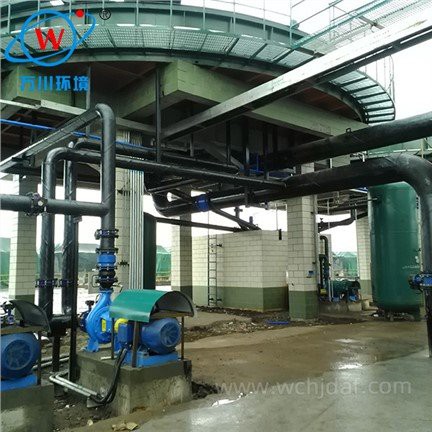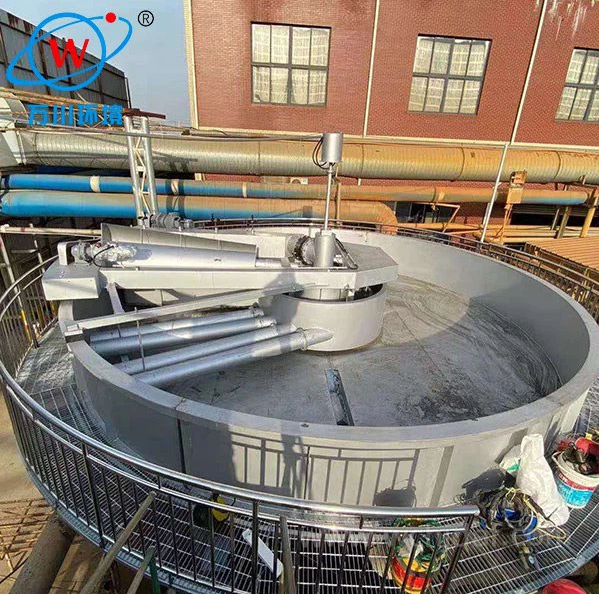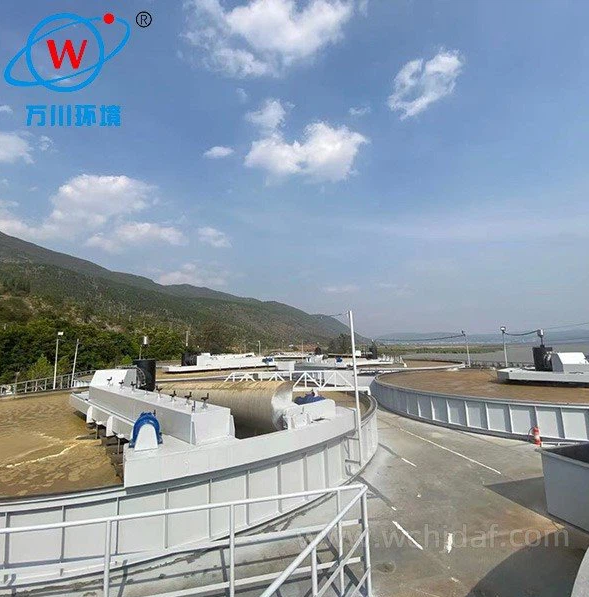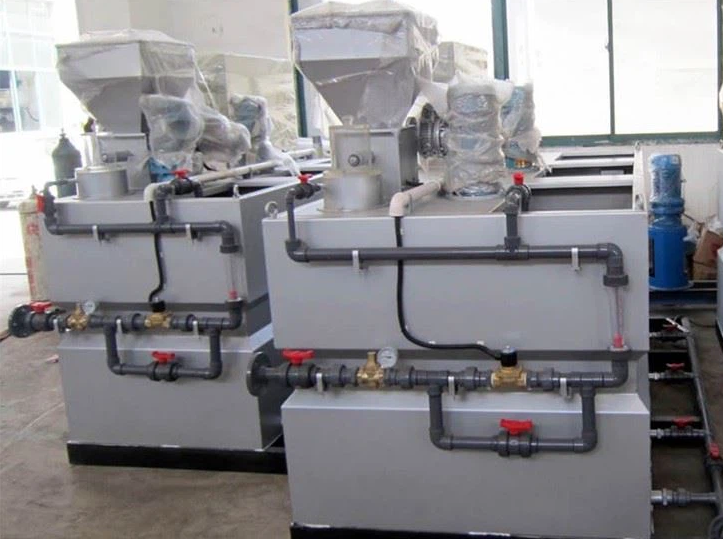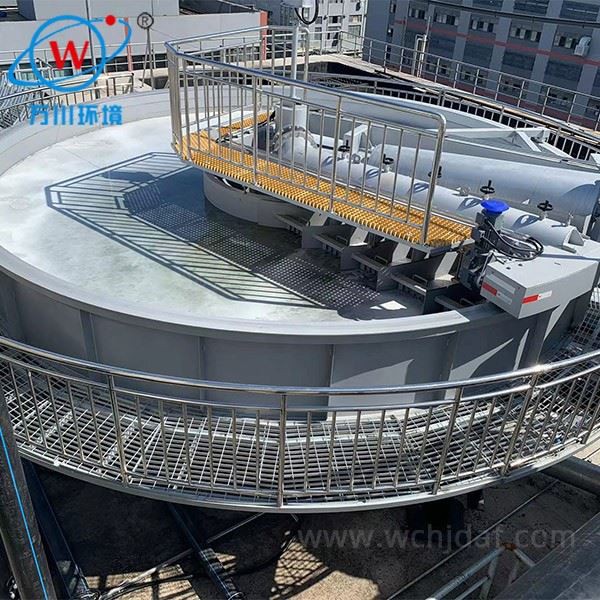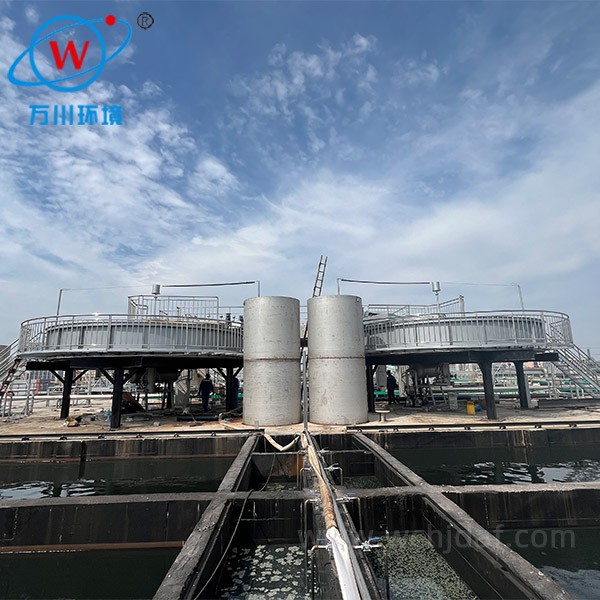Energy Consumption Analysis
Understanding and optimizing energy usage in water treatment systems
Composition of Core System Energy Consumption
Equipment energy consumption primarily comes from key operating systems. The aeration system is the core energy consumer, generating dissolved air water using compressed air or a pressure pump.
Its operating intensity directly affects total energy consumption. The continuous operation of mechanical transmission components such as scrapers also generates energy.
Adjusting the operating frequency based on the amount of scum can optimize this consumption.
Key Factors Affecting Energy Consumption
Water quality characteristics significantly impact energy consumption. When pollutant concentrations are high or their properties are complex, enhancing the aeration effect or increasing the chemical dosage will indirectly increase energy consumption.
Equipment operating load is correlated with energy consumption. Excessive load will lead to system overload and increased energy consumption; excessively low load may result in energy waste.
Industry Characteristics of Energy Consumption
Compared to traditional sedimentation processes, this equipment requires additional dissolved air power, resulting in slightly higher base energy consumption.
However, its high separation capacity offers significant advantages in energy consumption per unit of pollutant removed.
Energy consumption varies among different equipment types. Equipment using advanced dissolved air technology consumes less energy.
Viable Paths to Energy Consumption Optimization
- Precisely control operating parameters to optimize the dissolved air system and reduce inefficient energy consumption.
- Utilize intelligent control technology to automatically adjust equipment operating intensity based on real-time water quality and load.
- Regularly maintain core components such as dissolved air releasers and pumps to maintain operational efficiency.
- Rationally designing the process flow reduces pipe resistance and energy loss, thereby lowering overall energy consumption.
Optimization Recommendations
Precisely control operating parameters to optimize the dissolved air system and reduce inefficient energy consumption. Utilize intelligent control technology to automatically adjust equipment operating intensity based on real-time water quality and load, achieving dynamic energy savings.
Regularly maintain core components such as dissolved air releasers and pumps to maintain operational efficiency and avoid increased energy consumption due to component wear. Rationally designing the process flow reduces pipe resistance and energy loss, thereby lowering overall energy consumption at the system level.

